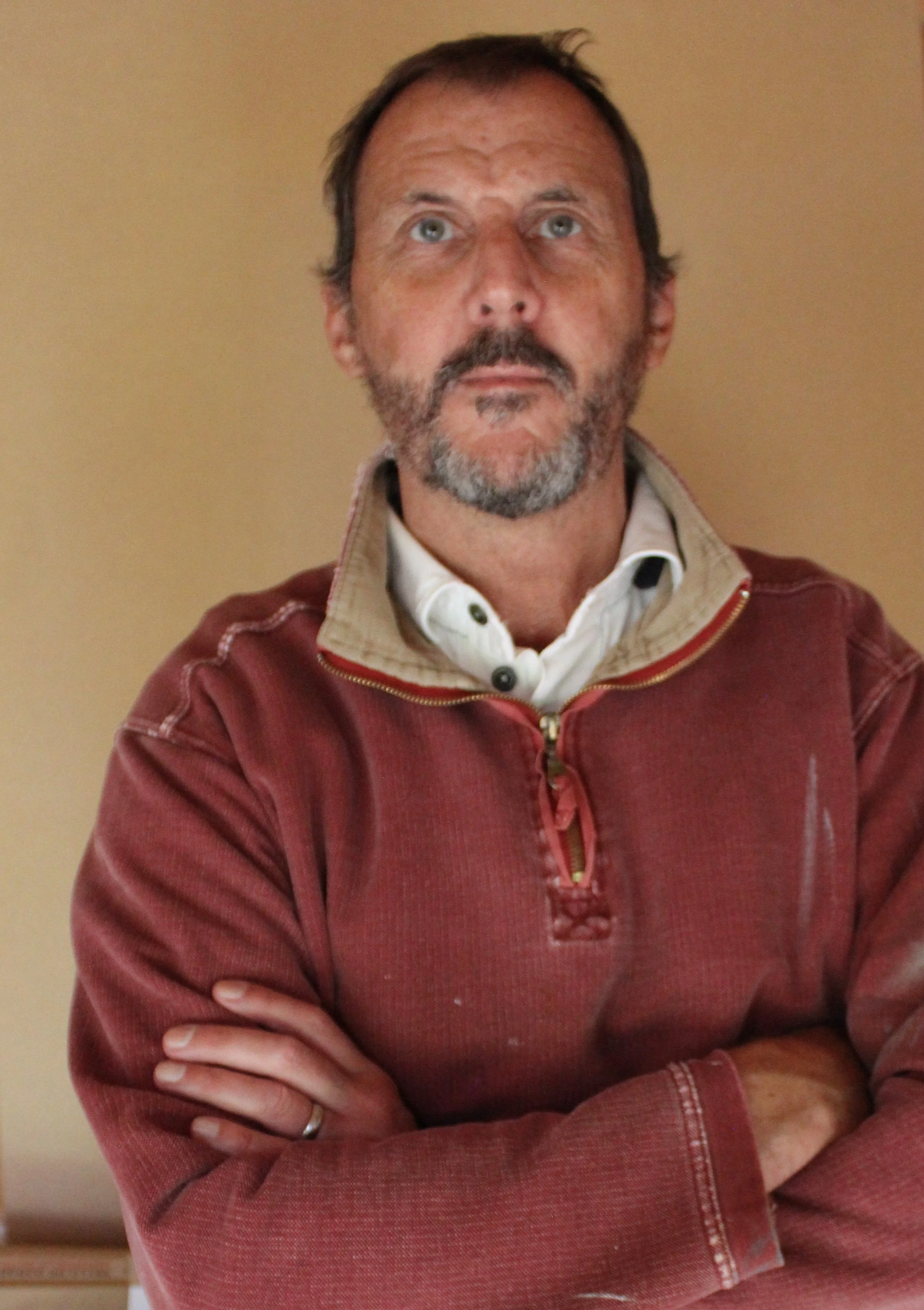Roger Rowley (b.1965) is a Devon-based artist. His work explores the emotional and cognitive connections we form with everyday objects. By examining the value and meaning placed on these items, he explores how they carry a persistence of the past into the present, evoking memories of people, places and experiences encountered. Whilst his practice offers a means to develop and maintain a cognitive sense of self, it also prompts viewers to reflect on their emotional attachments and experiences.
The interaction between the act of painting and the subject itself is key to examining the nuanced relationship between an object and its representation. Through careful consideration of materials, brushwork and composition, he reveals layers of meaning and emotion. As such, his paintings are as much about observation and contemplation as they are about artistic creation.
By revisiting familiar objects, he inevitably finds opportunities to reflect, reassess and gradually refine his visual language. This process is not merely about replication, but about discovery, uncovering hidden layers of memory, meaning and emotion within the work. Through this approach, his paintings construct a visual narrative that transcends the objects themselves, inviting viewers to engage in a quiet meditation on time, presence and perception, transforming the mundane into profound reflections on identity, memory and continuity.
